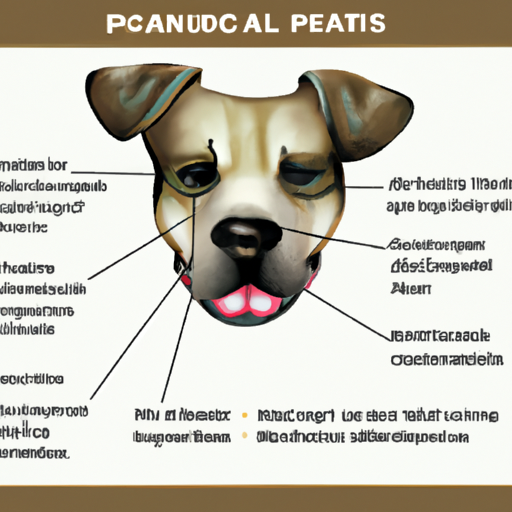From the playful pup nipping at your heels to the stoic hound guarding your home, you’ve looked into the eyes of your beloved dog countless times. But how often have you really considered the significance of their muzzle? The muzzle, that elongated snout filled with sharp teeth and a wet nose, plays a vital role in your dog’s life.
Understanding a Dog’s Muzzle
Diving into the world of canine anatomy, you’ll find that a dog’s muzzle is much more than just a cute, furry face. This part of their anatomy is responsible for several key functions that are essential to their survival.
- Senses: The muzzle houses a dog’s nose, which is their primary sense organ. Dogs have a sense of smell that is 10,000 to 100,000 times more powerful than ours.
- Diet: The length and shape of a dog’s muzzle can tell us a lot about their diet and hunting habits. For instance, breeds with short, wide muzzles are typically scavengers, while those with long, narrow muzzles are predators.
- Breathing: The muzzle is also crucial for breathing. Dogs with longer muzzles tend to have better stamina because they can take in more oxygen.
The Role of Breed in Muzzle Shape
Different breeds have different muzzle shapes. This is due to selective breeding by humans to enhance certain characteristics. Here’s a quick guide of how muzzle shapes differ across breeds:
| Breed | Muzzle Shape | Function |
|---|---|---|
| Greyhound | Long and narrow | Enhanced speed and stamina |
| Bulldog | Short and wide | Enhanced bite strength |
| Retriever | Medium and broad | Versatility in hunting and retrieving |
How to Measure Your Dog’s Muzzle
If you ever need to purchase a muzzle for your dog, it’s important to know how to measure their muzzle accurately. Here’s a simple step-by-step guide:
- Measure the length: Use a flexible tape measure to measure from the tip of the nose to the base of the nose, just below the eyes.
- Measure the circumference: Wrap the tape around the widest part of the muzzle.
- Measure the height: Measure the distance from the base of the nose to the bottom of the chin.
Muzzling Your Dog: When and Why?
Muzzles are tools that can be used to prevent dogs from biting, barking, or chewing on inappropriate items. However, they should only be used under the guidance of a professional and never as a punishment.
Remember, muzzling should always be introduced in a positive way to avoid causing fear or distress. It’s also essential to ensure the muzzle fits correctly and doesn’t restrict your dog’s ability to pant or drink.
FAQs
Q: Can a dog’s muzzle tell you about their health?
A: Yes, changes in your dog’s muzzle such as swelling or discharge can indicate health problems. Always consult a vet if you notice any abnormalities.
Q: Does the length of a dog’s muzzle affect their temperature regulation?
A: Yes, dogs with longer muzzles tend to handle heat better because they can pant more effectively.
Q: Can a dog drink water with a muzzle on?
A: If the muzzle is correctly fitted, a dog should be able to drink and pant comfortably.
So there you have it, a comprehensive look at a dog’s muzzle. By understanding this essential part of your canine companion’s anatomy, you’re better equipped to care for and understand them.



